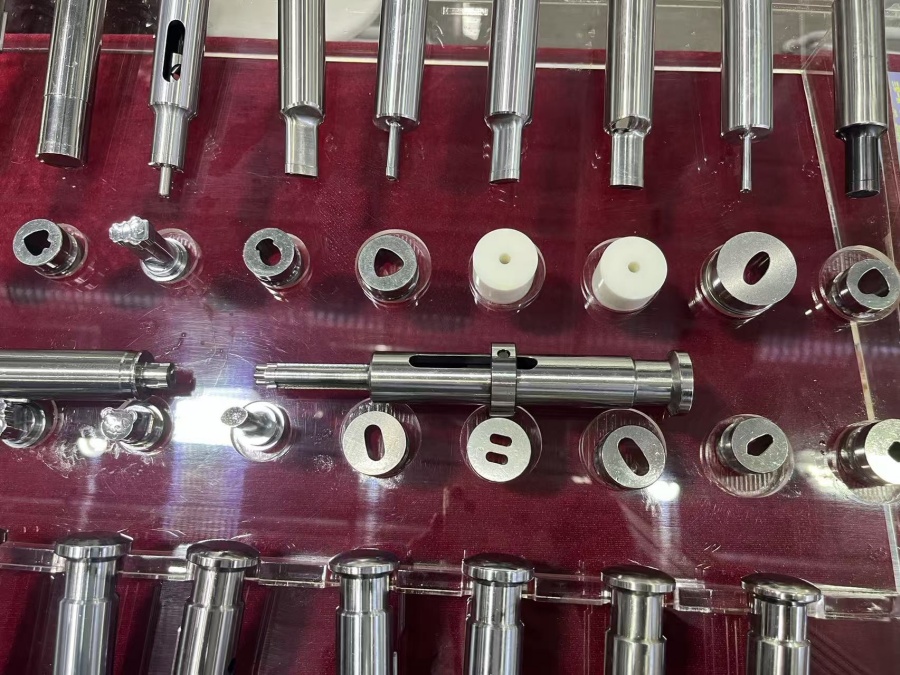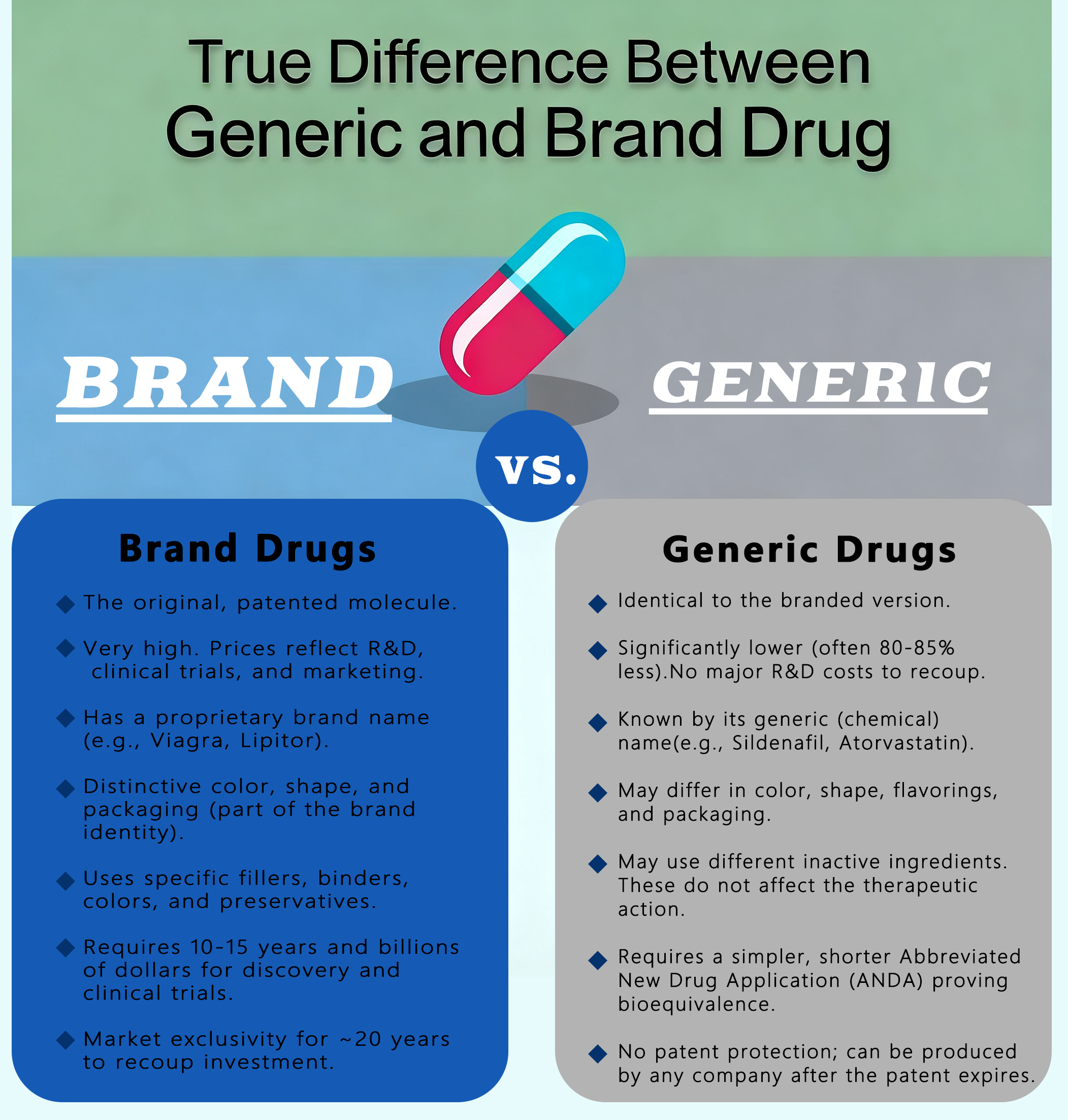
Have you ever wondered about the tiny, sealed glass containers doctors use to dispense medication? Or the single-dose serum bottles in your skincare routine? These are glass ampoules.

This remarkable packaging is much more than just a container. It protects the purity and integrity of countless products across industries. Glass ampoules are a testament to how specialized design and manufacturing can ensure product safety.
There is still much more to it. Keep reading to know what glass ampoules are, how they are made, and their different uses.
What is a Glass Ampoule?

A glass ampoule is a small, sealed glass container that stores or preserves a single dose of a liquid or solid. It’s a tiny, one-time-use vessel with a hermetically sealed neck. Ampoules are designed to protect the contents from air and other contaminants.
These containers are commonly used as a packaging solution in the pharmaceutical and nutraceutical industries, especially for oral solutions or topical applications. Glass ampoules are highly valued for their ability to maintain the integrity of the contents and sensitive substances.
How are Glass Ampoules Made?
Video Source: ReAgent Chemical Services.
Glass ampoules are made through a highly automated process that begins with glass tubing. Manufacturers heat short sections of glass tubing with gas torches and reshape them into the final product. The entire process is monitored through advanced computer vision systems to ensure quality. Here is how:
Step #1: Tube Preparation
The process starts by feeding long, pre-cleaned glass tubes onto a rotating carousel. These tubes are made of pharmaceutical glass, which is chemically inert and highly resistant to thermal shock.

Step #2: Automated Forming
As the carousel rotates, specific sections of the glass tubes are heated to their melting point using gas torches. The tube is stretched and shaped by gravity and mechanical tools. This process forms the body, shoulder, and neck of the future ampoule.

Step #3: One Point Cut (OPC) and Color Rings
While the glass is still being worked, a tiny score is made on the ampoule’s neck. This mark, known as a one-point cut (OPC). It ensures the ampoule breaks cleanly when opened. After that, color rings are applied to the neck for easy identification of the contents.

Step #4: Separation and Annealing
The shaped ampoule is carefully separated from the main glass tubing. The newly separated ampoules are then moved into an annealing oven. This process involves heating the glass to release any internal stress and prevent future cracking.

Step #5: Quality Control and Packaging
After cooling, each ampoule undergoes a final inspection. Computer vision systems check for proper dimensions, the presence of the OPC, and other defects. Ampoules that pass inspection are packaged, sterilized, and delivered to be filled by pharmaceutical or chemical companies.

Step-by-Step Guide to Safely Opening an Ampule
Video Source: https://www.youtube.com/watch?v=zmxAL1ZN964
What You’ll Need:
The ampule.
An alcohol swab (or gauze and 70% isopropyl alcohol).
A sterile gauze pad or a dedicated ampule opener (highly recommended).
A filter straw (highly recommended for drawing up the medication, especially for injections).
Step 1: Inspect and Tap
Inspect: Check the ampule for cracks and ensure the medication is clear and free of particles. Confirm the name, dose, and expiration date.
Tap: Gently tap the top (the part you will break off) of the ampule with your fingertip. This moves any liquid that may have collected in the neck down into the main body of the ampule.
Step 2: Clean the Neck
Use an alcohol swab to thoroughly clean the narrow neck of the ampule. This is where it will break, and you want to ensure the opening is sterile. Let the alcohol air dry.
Step 3: Wrap and Position
Wrap the neck of the ampule firmly with a sterile gauze pad. This protects your fingers from glass shards and cuts.
Pro Tip: If you are right-handed, hold the ampule’s body in your left hand and the top in your right hand (reverse if left-handed). The gauze should be in the hand holding the top.
Step 4: Break with Pressure, Not Force
Hold the body of the ampule away from you and from anyone else.
The key motion is a quick, snapping motion using pressure, not a bending motion.
Using your thumbs, press away from your body against the top of the ampule (the part you’re breaking off). Imagine you are breaking a pencil over your knee—a swift, controlled snap.
Step 5: Check the Opening
Inspect the broken edge. It should be clean. If you see a jagged edge or cracks running down the body, do not use it. Discard it safely.
Pharmaceutical Glass Used In Ampoule Production
Now that you know what a glass ampoule is, the next step is to understand the types of glass used to make them. Glass ampoules are manufactured from pharmaceutical-grade glass. They are specifically designed for the pharmaceutical industry to safely hold and protect medical products. The two main types of glass used for ampoules are Type I and Type III.

Type I
Type I pharmaceutical glass, also known as borosilicate glass, is considered the top choice for pharmaceutical ampoules. It is made from a precise blend of silica, boron, alkali oxides, and alumina.
This composition is highly resistant to chemicals. It also has superior thermal properties to withstand extreme temperature changes without cracking. Type I glass is suitable for packaging sensitive injectable drugs, strong acids, and alkalis because it prevents any leaching of ions into the solution.
Type III
Type III pharmaceutical glass is a type of soda-lime glass that has been treated with heat to improve its performance. While not as pure as Type I glass, it still meets pharmaceutical standards for many applications. This glass is typically used for less sensitive medications, such as oral solutions or non-aqueous liquids.
Application and Uses of Glass Ampoules
There are billions of glass ampoules every year, which are widely used across different industries. The global market for these products is valued at $4 billion in 2025. Let’s take a closer look at their primary applications.
1. Pharmaceutical Industry
The pharmaceutical industry is the biggest consumer of glass ampoules. Primarily, because they are essential for protecting the integrity of injectable medicines. Products like vaccines, hormones, and antibiotics are highly susceptible to environmental contamination. Any exposure to pollutants can compromise the product and negatively affect the human immune response.
Glass ampoules are critical because of their chemically inert nature. This quality prevents any leaching or reaction with the active ingredients, ensuring the drug’s purity and effectiveness.
2. Cosmetics and Wellness
The cosmetic and wellness industry uses glass ampoules for high-potency, single-use products. These small vials package concentrated serums, treatments, and active ingredients like hyaluronic acid or vitamin C.
The sealed, airtight environment protects delicate formulas from oxidation and degradation. It ensures that the product remains safe and fresh until it is used. This format offers consumers a hygienic application and prevents the contamination that can occur with multi-use containers.
3. Chemical and Laboratory
Laboratories and chemical manufacturers use glass ampoules for storing air-sensitive, reactive, or hygroscopic materials. They are a secure solution for maintaining the integrity of analytical standards and other valuable chemicals.
The ampoules protect these substances from moisture and air, which is critical for accurate research and testing. In some cases, they are also used to store radioactive isotopes and other hazardous materials, such as cesium-137 and cobalt-60.
Glass Ampoule vs Plastic Ampoule: Which one is Better?
Medical ampoules are generally divided into two main categories: glass ampoules and plastic ampoules. While both are designed to safely contain medicines, there are crucial differences in their properties, advantages, and disadvantages.

Understanding these distinctions is important for choosing the right packaging for a specific drug or application. Here is a detailed breakdown comparing the two:
Feature | Glass Ampoule | Plastic Ampoule |
Chemical Resistance | Excellent. Neutral glass prevents the leaching of ions and doesn’t react with the contents. | Varies. Made from materials like polypropylene, which can be less chemically inert and may interact with the contents. |
Impermeability | Provides a perfect barrier against gases and moisture | It’s not completely impermeable to gases and moisture |
Light Protection | Can be amber-colored to protect light-sensitive contents | Requires additional measures or secondary packaging for light-sensitive drugs. |
Fragility | High. Can break easily during transport or handling. | Low. It’s highly durable and resistant to shattering |
Contamination Risk | Can risk contamination from microscopic glass particles. | Eliminates the risk of glass particle contamination. |
Weight | Heavier than plastic, which can increase shipping costs. | Lightweight, reducing transport costs and environmental impact. |
User Convenience | Opening requires care to avoid injury. | Easy to open by twisting or snapping the top. |
Cost | More expensive to manufacture | Generally more cost-effective to produce. |
The choice between glass and plastic ampoules depends upon the specific needs of your product and target market. The durability and a company’s ability to meet rigorous global certifications for pharmaceutical packaging are often key factors.
Choose glass ampoules if you require superior chemical inertness and a perfect barrier against gases and moisture for highly sensitive drugs.
Conversely, go for plastic ampoules if safety and ease of use are your priority, such as over-the-counter liquids or cosmetics. The lightweight, shatter-resistant nature of plastic reduces the risk of injury and breakage.
Choosing the Best Ampoule Solution for Your Business
A glass ampoule is a highly reliable and essential form of packaging, especially for sensitive substances. However, like any solution, it has its own disadvantages, particularly fragility and the risk of glass particle contamination.
Therefore, selecting the right ampoule for your product is a critical decision that balances product integrity, safety, and cost-effectiveness. Achieving the perfect balance of product integrity and safety starts with high-quality filling and sealing.
At Finetech, we specialize in state-of-the-art solutions for ampoule production. We offer some of the best machines in the industry, from customized solutions to seamless on-site installation and support.
Get in touch today and let us find the ideal packaging solution for your business.
FAQs
1. What safety precautions should be taken when using a glass ampoule?
When opening a glass ampoule, it is important to use a gauze pad, a protective device, or a small towel to protect your fingers. This minimizes the risk of cuts and helps to ensure a clean break. After opening, it’s often recommended to use a filter needle to draw out the medication. It will prevent microscopic glass particles from being drawn into the syringe.
2. Can glass ampoules be recycled?
Yes, in many cases, glass ampoules can be recycled. However, due to their small size and potential for containing chemicals, they are often not handled by standard municipal recycling programs. Instead, they typically fall under medical or hazardous waste disposal regulations. This requires specialized recycling or disposal services to ensure safety and compliance.
3. How to properly dispose of glass ampoules?
Glass ampoules should be disposed of in a designated sharp or broken glass container. Never place them in regular trash. If the ampoule holds a pharmaceutical or chemical substance, it must be treated as medical or hazardous waste. This is a crucial step to prevent contamination and ensure safety in accordance with local regulations.
Recommend Readings:
What Is an Ampoule Filling and Sealing Machine?
What is a glass ampoule? Its role in pharmaceutical and nutraceutical packaging.




